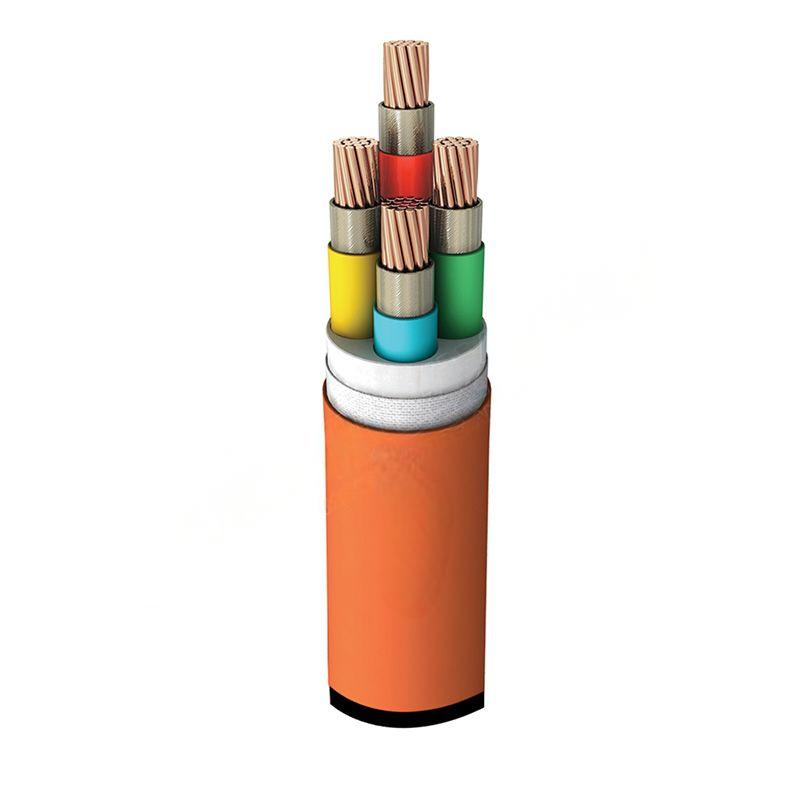កញ្ញា . 11, 2024 19:21 Back to list
Flexible Rubber Joint - High-Quality Solutions for Piping Systems
Understanding Flexible Rubber Joints Key Applications and Benefits
Flexible rubber joints, often referred to as flexible couplings or expansion joints, are essential components in various piping systems and mechanical applications. They are specifically designed to accommodate misalignment, absorb vibrations, and reduce noise, all while enabling smooth fluid or gas flow. Their versatility makes them a fundamental part of industries ranging from water treatment to HVAC systems, as well as in manufacturing and automotive sectors.
One of the primary characteristics of flexible rubber joints is their ability to absorb shock and vibrations. In any piping system, especially those under variable pressure and flow conditions, vibrations can pose a significant problem. They can lead to premature wear and tear on equipment and ultimately result in system failure. By incorporating flexible rubber joints into these systems, companies can greatly diminish these vibrations, enhancing the longevity of their equipment and ensuring smoother operation.
Another advantage is the flexibility that these joints provide in terms of movement. Due to environmental factors or changing operational parameters, pipes may shift or settle. Traditional rigid fittings can cause stress and potential damage to the piping system due to this movement. Flexible rubber joints can adapt to these changes, allowing for slight misalignments without compromising the integrity of the system. This flexibility not only helps in maintaining system reliability but also simplifies installation, as alignment does not have to be perfect.
flexible rubber joint

In addition to their mechanical benefits, flexible rubber joints are also cost-effective solutions. The installation of these joints can reduce maintenance costs over time. By minimizing vibrations and accommodating movement, they help prevent damage to pipes and connected equipment, decreasing the frequency and cost of repairs. Furthermore, their ability to function effectively in various temperatures and pressures ensures a wide range of applicability across different industries.
Flexible rubber joints also play a vital role in reducing noise. In many industrial applications, noise pollution can be an issue that affects both workers and surrounding communities. Thanks to their construction, which often includes sound-dampening properties, flexible rubber joints can significantly decrease noise transmitted through piping systems. This not only improves on-site working conditions but also helps companies adhere to environmental regulations regarding noise levels.
In conclusion, flexible rubber joints are indispensable in modern infrastructure and industrial setups. Their ability to absorb vibrations, accommodate movement, reduce wear, and minimize noise make them an optimal choice for many applications. As industries continue to evolve and focus on efficiency, sustainability, and worker safety, the importance of incorporating flexible rubber joints will undoubtedly grow, highlighting their role as a vital element in engineering and design. Whether in water systems, power plants, or manufacturing facilities, these joints are pivotal to creating resilient and efficient operational environments.
Share
-
Reliable Wafer Type Butterfly Valves for Every IndustryNewsJul.25,2025
-
Reliable Flow Control Begins with the Right Ball Check ValveNewsJul.25,2025
-
Precision Flow Control Starts with Quality ValvesNewsJul.25,2025
-
Industrial Flow Control ReliabilityNewsJul.25,2025
-
Engineered for Efficiency Gate Valves That Power Industrial PerformanceNewsJul.25,2025
-
Empowering Infrastructure Through Quality ManufacturingNewsJul.25,2025